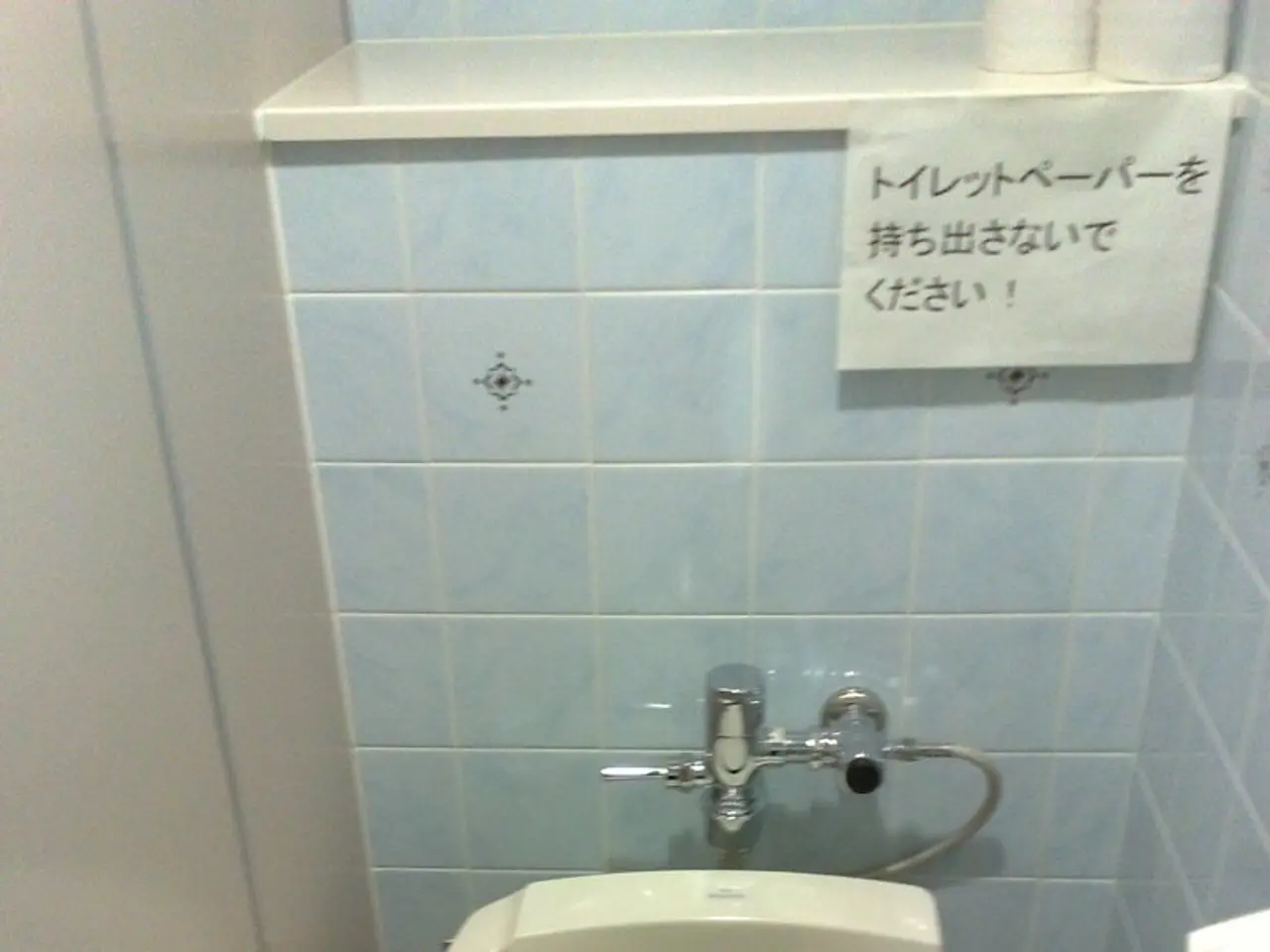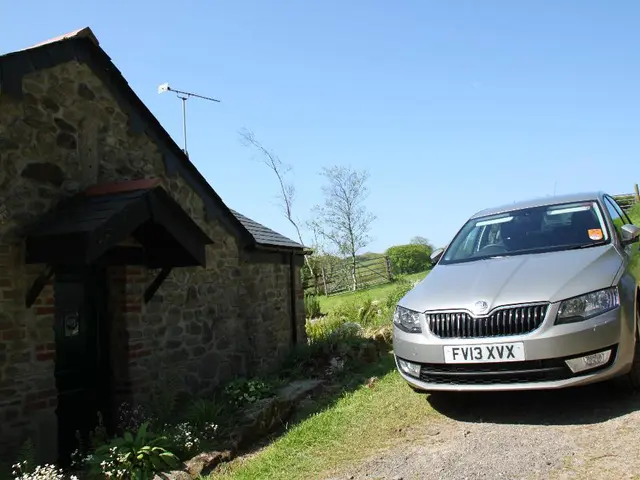Unveiling the Puzzling Reason: Why Toyota Dabbled in Toilet Manufacturing!
In a bold move towards inclusivity, Toyota's Vision Design Division has introduced a groundbreaking mobile accessible toilet designed primarily for wheelchair users. The initiative aims to address the mobility and accessibility barriers that prevent disabled individuals from using public toilets comfortably and going out freely.
The mobile toilet, a testament to Toyota's "Mobility for All" philosophy, is a crucial step in providing universally accessible facilities that support the independence and dignity of wheelchair users, especially in public or outdoor environments.
Key innovative aspects of the mobile toilet include its full accessibility for wheelchair users, mobility-centered design principles, and a focus on accommodating all types of wheelchair users. The toilet is designed to support easy transfer and usability, reducing the reluctance or burden to go outside caused by the unavailability of suitable toilets.
One of the significant challenges faced during the demonstration at the Tokyo 2020 Paralympic Games was the high water usage. To address this issue, the team drew inspiration from a toilet known for its distinctive whoosh, plunk! sound in Japan, which boasts water-saving technology.
Feedback from high school wheelchair users also played a crucial role in the design process. They expressed a desire for a "cool-looking" toilet design, as well as a preference for a cool and fun space. Interestingly, initial feedback revealed that a light gray floor was not suitable due to the visibility of tire tracks.
The mobile toilet caters to the needs of wheelchair users who desire to visit various places despite their disabilities. The height of the mobile toilet seat was designed to be about three centimeters higher than usual, based on testing and validation for ease of transition from wheelchair to toilet seat.
This project, launched in 2019 as a unique response to a request from Toyota's division in charge of social contribution activities, is a significant stride towards making public spaces more inclusive for all users. The team, led by Noriyo Inagaki, the Project General Manager of the Vision Design Division, has demonstrated a commitment to adding value to the mobile toilet solution by exploring deeper design possibilities.
In conclusion, Toyota's Vision Design Division has developed a mobile, universally accessible toilet solution focused on wheelchair users, driven by an empathetic understanding of mobility challenges and aimed at expanding freedom and comfort outdoors for disabled people. This innovative initiative is a step forward in ensuring that everyone can participate in outings without the barrier of inadequate accessible facilities.
Read also:
- Quantum Computing Market in the Automotive Sector Forecast to Expand to $6,462.13 Million by 2034
- Apple faces possible legal action from Elon Musk due to the alleged manipulation of his AI app's ranking within the App Store.
- Germany's digital autonomy remains elusive at present
- Streamlining Supply Chain Updating with SAP RISE and Cognizant Services







